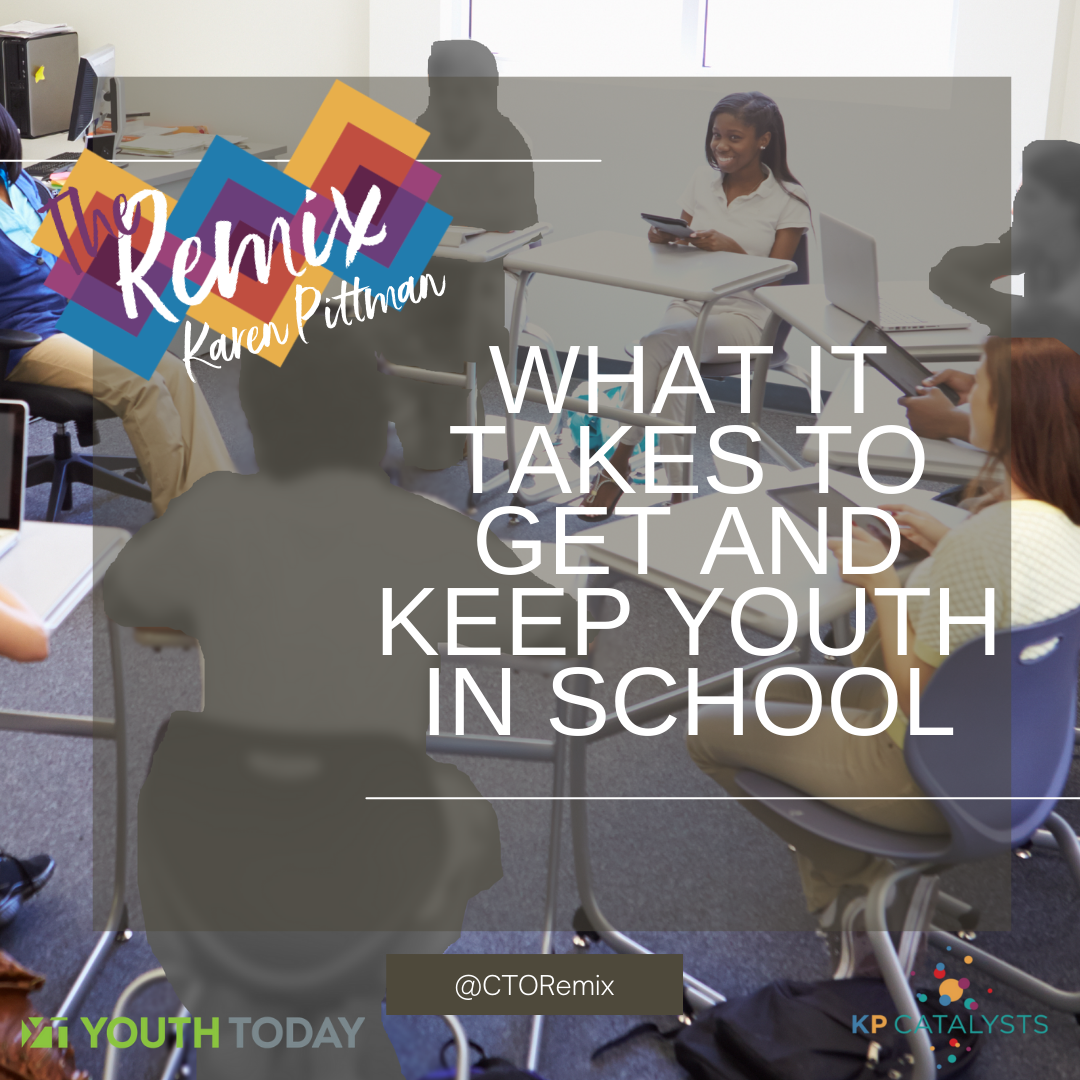
Attendance Works advances student success and closes equity gaps by reducing chronic absence.
Hedy Nai-Lin Chang is the founder and Executive Director of Attendance Works, a national and state level initiative aimed at advancing student success by addressing chronic absence. A skilled presenter, facilitator, researcher and writer, she co-authored the seminal report, Present, Engaged and Accounted For: The Critical Importance of Addressing Chronic Absence in the Early Grades, as well as numerous other articles about student attendance.

Karen: Most of us have a general understanding of the importance of school attendance, but why is it important to study chronic absenteeism?

Hedy: Because regular attendance matters. Research shows that chronic absence (missing 10% or more of school, for any reason) can translate into students having difficulty learning to read by third grade, achieving in middle school and graduating from high school. Chronic absence (how many students are academically at risk given their attendance) is different from truancy (unexcused absences) or average daily attendance (how many students typically show up to school each day).
Karen: Attendance Works has positioned chronic absenteeism as an equity issue. Why?
Hedy: Chronic absence is a leading indicator and cause of educational inequity. It reflects the continual grind of poverty and inequitable access to learning opportunities, especially for nonwhite students and students who are differently abled. Chronic absence is a sign that students and families are struggling with challenges in the community (i.e. unstable housing, unsafe neighborhoods, poor transportation, etc.) and/or inside schools (punitive disciplinary practices, ineffective instruction, lack of connection to peers or adults) that affect their ability to learn and cause them to miss school. This study by David Osher, for example, shows suspensions increase student absences and negatively impact student performance.
Today chronic absence is nearly triple the levels prior to the pandemic and is exacerbating existing educational inequities. Prior to the pandemic, chronic absence already disproportionately affected Native American, African American, Latino and Pacific Islander data. New data from McKinsey & Company found that it is highest and continuing to grow among the lowest income students, while preliminary data from the fall suggests that the most affluent communities are starting to find ways to recover
Karen: How can chronic absence data be used?
Hedy: Data on chronic absence and other measures of student engagement help schools and community partners identify where to invest in outreach and support and address gaps in implementing a comprehensive tiered approach to improving student attendance and engagement. The trauma, along with the staffing challenges created by the pandemic, we need more than ever to expand the pool of people (youth, families, expanded learning providers, community partners and public agencies) available to partner with educators to revitalize and strengthen the positive conditions for learning in school.
Given the challenges created by the pandemic, Attendance Works advocates monitoring five key metrics, Contact, Connectivity, Relationships, Prior Chronic Absence and Attendance (in-person and remote). For more detail, see this expanded framework for monitoring attendance and the opportunity to learn.
Karen: What works for addressing chronic absence?
Hedy: The key to reducing chronic absence and improving attendance is avoiding blame and punitive action. Research shows, for example, that caring communication is more likely to improve attendance than bureaucratic and impersonal truancy notifications threatening court action. And a study in South Carolina found court involvement increased rather than decreased absences. What works is partnering with students and their families to identify and address the challenges creating an unequal opportunity to learn.
The current high levels of chronic absence are a sign that positive conditions of learning are not in place for large numbers of students and systemic solutions are badly needed. As discussed here, positive conditions for learning include physical and emotional health and safety; a feeling of belonging, connection and support; academic challenge and engagement; and adult and student well-being and emotional competency. All are dependent upon strong, robust relationship building that motivates showing up and allows students and families to candidly reveal the challenges they face.
Karen: What is the role of young people in developing solutions to chronic absence?
Hedy: Tapping into youth voice and leadership are essential. We cannot assume we know the barriers to getting to school in every community. Young people need to be given opportunities to share their experiences – what makes getting to school difficult and what motivates them to show up. Young people are essential to developing viable solutions to student absenteeism. In communities like Baltimore and Sacramento, for example, young people helped develop effective attendance messaging. Throughout the country, peer mentoring has proven to be one of the most proven solutions to improving attendance.





No comment yet, add your voice below!